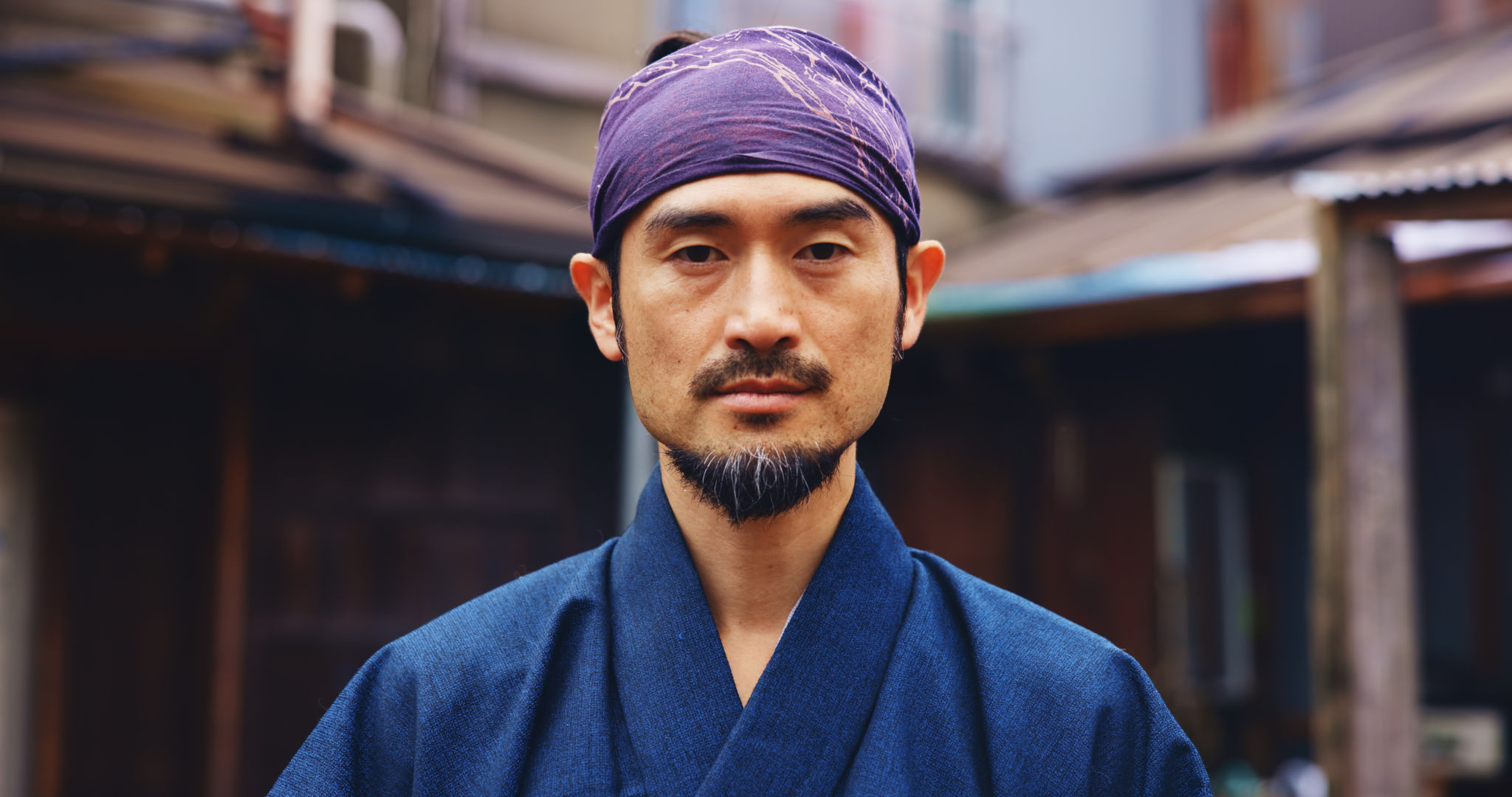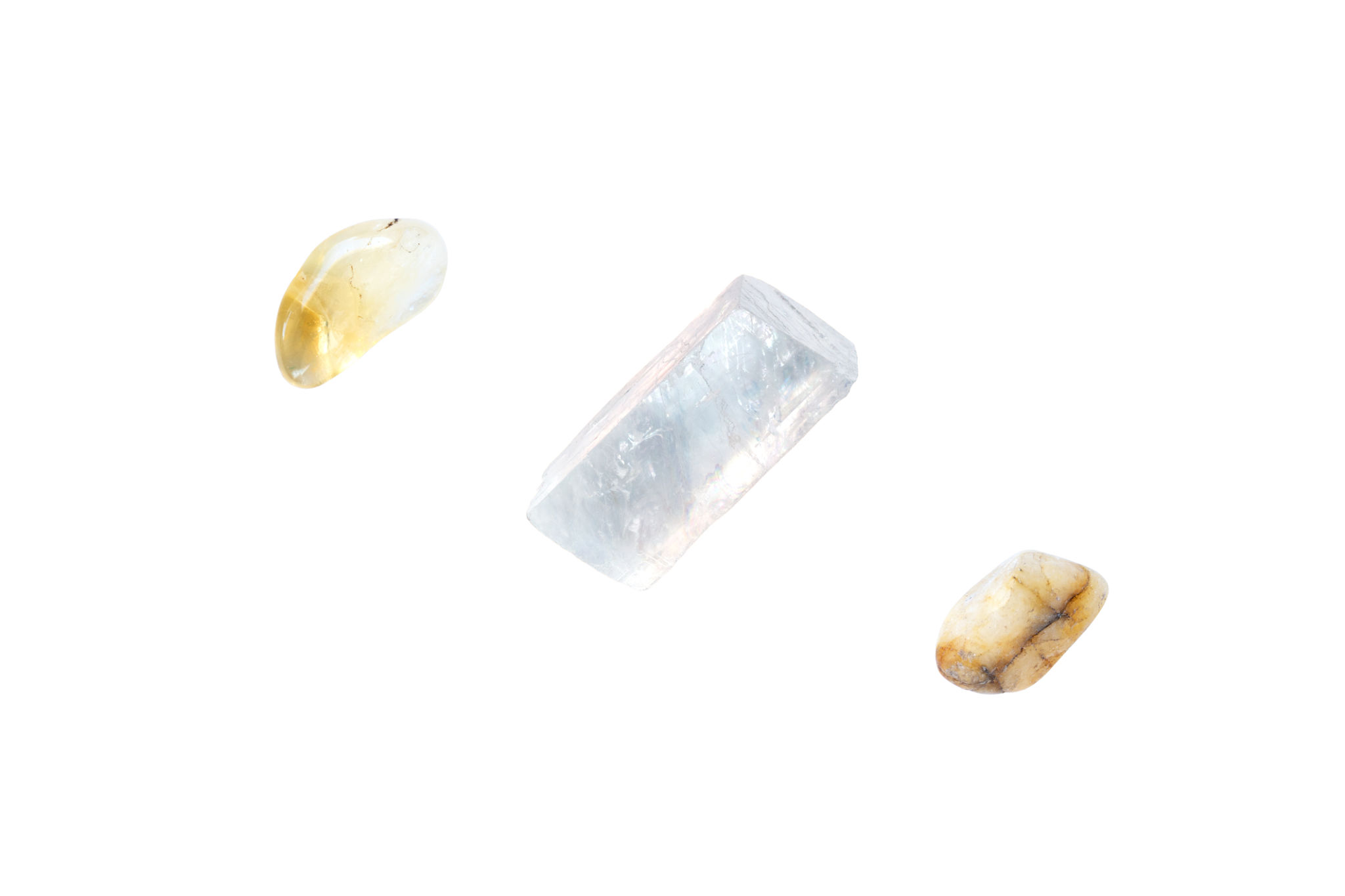Understanding Reiki: A Comprehensive Guide for Beginners
What is Reiki?
Reiki is a form of energy healing that originated in Japan in the early 20th century. The term "Reiki" is derived from two Japanese words: "rei," meaning universal, and "ki," meaning life energy. Practitioners of Reiki believe that this universal life energy flows through all living things and can be harnessed to promote healing and balance in the body.
During a Reiki session, a practitioner places their hands lightly on or over specific areas of the client's body, using a series of hand positions. The goal is to facilitate the flow of energy and remove any blockages that may be causing physical or emotional discomfort.

The Origins of Reiki
Reiki was developed by Mikao Usui in the early 1900s. Usui was a Japanese Buddhist who sought to create a healing system that was accessible to everyone. Through meditation and study, he discovered ancient healing techniques that he adapted into what is now known as Reiki. His teachings emphasized the importance of spiritual development and personal growth alongside physical healing.
Usui's methods were later refined and spread by his students, particularly Chujiro Hayashi and Hawayo Takata, who helped introduce Reiki to the Western world. Today, Reiki is practiced globally in various forms, with practitioners following different lineages and techniques.

The Principles of Reiki
Reiki is built on a foundation of five guiding principles, which help individuals align with their true selves and promote well-being. These principles encourage practitioners and recipients alike to cultivate peace, gratitude, and mindfulness in their daily lives.
- Just for today, do not anger.
- Just for today, do not worry.
- Be grateful for your blessings.
- Earn your living honestly.
- Be kind to every living thing.
By incorporating these principles into their practices, individuals can foster a deeper connection to their spiritual selves and enhance the healing process.

The Benefits of Reiki
Reiki is known for its potential to alleviate stress and promote relaxation. Many people use it as a complementary therapy to support traditional medical treatments. Some reported benefits include:
- Reduced anxiety and stress levels.
- Improved sleep quality.
- Enhanced emotional clarity and resilience.
- Relief from pain and discomfort.
While scientific research on Reiki is still evolving, many individuals report positive experiences after incorporating Reiki into their wellness routines.
Getting Started with Reiki
If you're interested in exploring Reiki, you can begin by seeking a certified practitioner in your area. It's essential to find someone who resonates with you and can guide you through the process with care and expertise. Sessions typically last between 60 to 90 minutes, during which you'll be asked to lie down fully clothed while the practitioner works with your energy field.
For those interested in learning how to practice Reiki themselves, many training programs offer courses ranging from beginner to advanced levels. These courses teach participants how to channel energy and provide healing to themselves and others. It's an empowering journey that can lead to profound personal growth and transformation.

Whether you're seeking stress relief or embarking on a spiritual journey, Reiki offers a gentle yet powerful approach to enhancing your well-being. As you explore this ancient art, remember to remain open and receptive to the positive changes it can bring into your life.
